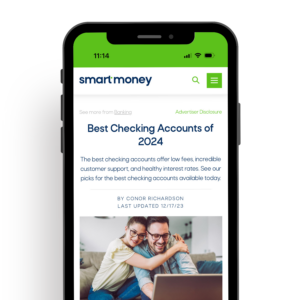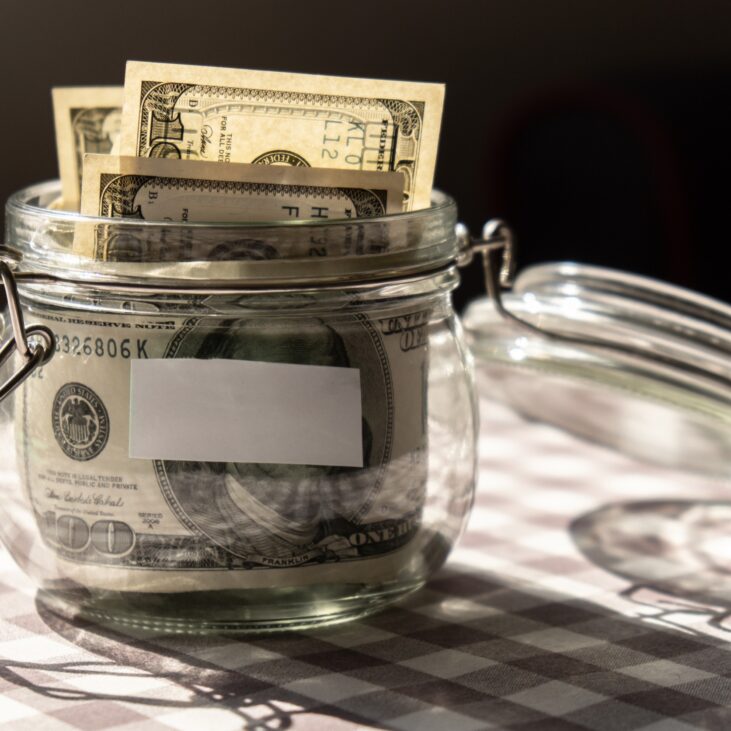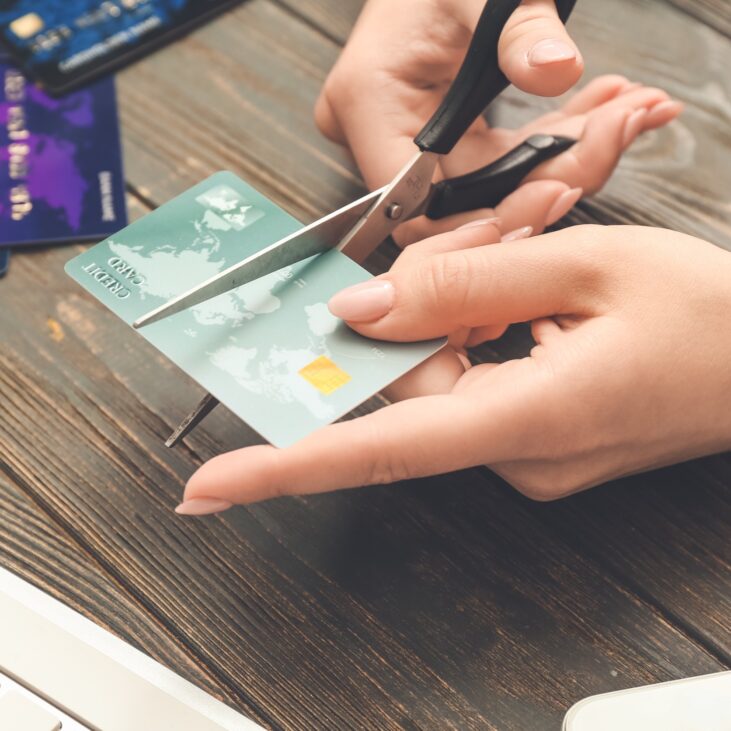Takeaways
- Creating a plan to pay off your student loans will increase the likelihood of repayment.
- Making extra payments will decrease your overall interest payments and accelerate your payoff timeline.
- Earning more income or reducing expenses will free up cash to tackle your loans.
- Paying off your student loans quickly can be one of the best financial decisions for your overall financial health.
Student loans have become a trillion-dollar issue, with millions of graduates accumulating over $1.6 trillion in outstanding student loans at the end of 2022. If you are like most graduates, you might still have nagging student loans.
The best way to eliminate student loans is to pay more than your monthly minimum payments. This strategy will save you on interest payments and help you become debt-free faster. Making it a priority to pay off your student loans will help you eliminate them once and for all.
7 Steps to Pay Off Your Student Loans
Here are seven proven strategies to pay off your student loans quickly.
1. Create a Repayment Plan
Starting with the end in mind is extremely powerful when mapping out a course of action. Going from red to black, or paying off all your debt, is a significant financial achievement. If you have student loans and want to pay them off quickly, create a plan to bridge where you are today with where you want to be.
A repayment plan gives you the tactical information you need to work toward your goal of paying off your student loans quickly. Repayment plans are for delinquent borrowers to help them meet their loan obligations. You use them to map out a course of action and determine how much you must pay each month to meet your goal.
Smart Money -> 8 Steps to Pay Off Your Credit Card Debt Fast
For example, if you want to eliminate a $20,000 loan in 24 months, you need to make monthly payments of approximately $834. A student loan payoff calculator can help you determine exactly how much you need to pay based on your loan’s Annual Percentage Rate (APR).
Get Smart With Your Money
Fresh weekly articles delivered straight to your inbox.
Enter your name and email for free tips and tricks.

2. Pay More Than Your Minimum
Paying your required monthly minimum will keep you in a cycle of paying too much interest for too long to your lender. Instead, you want to adhere to a repayment plan that allows you to pay more than your monthly minimum. Paying more than your required minimum will allow you to start paying back more of your principal amount, which shaves off your outstanding student loan.
Smart Money -> 6 Steps to Improve Your Debt-to-Income (DTI) Ratio
Simply paying an extra $100 or $200 per month above your monthly minimum can produce meaningful reductions on your principal balance. Some personal finance experts advocate extreme measures like cutting back on rent by living with friends and family and using those funds to accelerate your principal payments. Lifestyle adjustments can improve your ability to allocate extra cash toward your loans. There are other methods to pay off your student loans quickly such as adjusting the time of the month you make your student loan payments.
3. Make Semimonthly Payments
When it comes to paying off student loans quickly the timing of your payments can help you achieve your goal. Timing is everything.
Need a Checking Account? -> Open a Checking Account in 6 Easy Steps
Most student loans have a set monthly payment plan. However, you can opt-in to begin making semimonthly, or twice-a-month, payments. This will allow you to pay more toward your interest and principal and make more payments over the life of your loan.
4. Make Automatic Payments
One of the fastest ways to take the hassle out of your finances is to automate your financial decisions. By deciding to pay off your student loans at a set time during the month, perhaps right after your paychecks, you can reliably schedule payments to be debited from your checking or savings account.
Get Smart -> Best High-Yield Online Savings Accounts
Be prescriptive about how much you want to pay each month. If you make your minimum payments plus an amount above your minimum obligations, you can lower your student loan balance by paying more toward your principal balance. Paying more than the minimum payment will reduce your overall student loan faster.
5. Earn More Money
Making more income can help you put more cash toward the principal balance on your student loan. If you already have a steady paycheck but think you need to earn more money to help you pay off your student loans, then getting a side hustle to increase your monthly cash flow can accelerate your ability to make student loan payments.
Learn More -> What is Discretionary Income?
Paying off your debt is much easier when you can make larger payments each month. If you don’t know where to start, then focus on skills or assets you already have. Pick up a consulting agreement. Start your own business. Drive an Uber or Lyft if you already own a car.
Get Smart -> What is Passive Income?
6. Find Extra Money
If you negotiate a raise, get a bonus, or receive a financial windfall, dedicate part of that newfound capital to repay your student loans. Allocating a percentage of your new salary, dedicating a part of your bonus, or using your financial windfall to pay off a student loan will increase your chance of finally paying off your student loans.
Earn More -> 12 Ideas for Making More Money In Less Than An Hour
To attract top talent, some companies offer to repay part of their employee’s student loans as an employee benefit. Your company might offer an employer student loan repayment program. If so, take advantage of these programs.
Smart Tip:
Taking advantage of employer student loan repayment programs can help you pay off student loans quickly. Some programs offer direct payment to your student loan balances. Although these programs are not as common as 401(k) matching programs, they are a great employee benefit.
Finding extra money can also mean decreasing your expenses on non-essential expenses each month. By cutting superfluous spending you can free up even more cash to help you pay your student loans.
Smart Money -> 14 Wacky Ways to Cut Monthly Expenses Quickly
7. Reward Yourself
Depending on where you are in your repayment process, paying off your student loans can take several months to several years. If you are adopting smart money saving habits and finding success with decreasing your student loan balances, it is critical to recognize this as a gigantic financial win. Rewarding yourself is vital to long-term success.
Behavioral psychologists and personal finance experts advocate consistently rewarding yourself when you achieve “small wins.” When you accomplish a personal finance goal like paying off a student loan, reward yourself. Your reward could be a night out to your favorite restaurant, investing in a company, or buying something new. Adding fun to your journey of paying off your student loans will help you pay off your student loans quickly.
Smart Summary
Paying off your student loans is a financial win. Personal finance experts advocate for making more payments toward your student loan balance to reduce the amount you spend on interest over time. Removing student loans from your financial ecosystem will allow you to increase your net worth by saving and investing.









